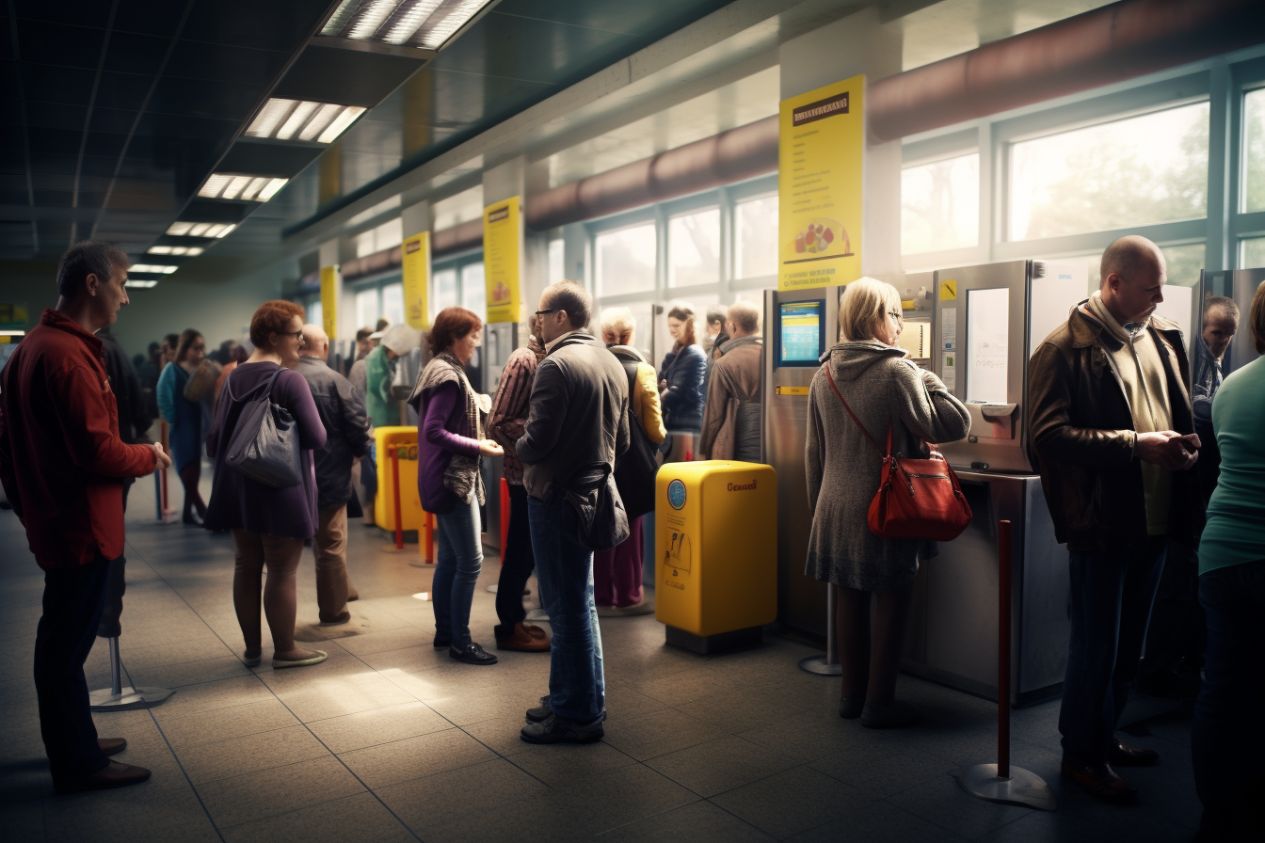Public Transit Fare Discounts: Customer Loyalty or Revenue Streams?
Published:
In public transportation, fare discounts serve a vital function: they drive ridership and increase revenue. But what underlies these discounts, and why are monthly or multi-ride passes less expensive per trip than single-ride tickets?
At their core, fare discounts are a type of customer loyalty program. They signal to transit companies: the more frequently you plan to use our services, the less you’ll pay per ride. Think of it as the wholesale versus retail price in commerce.
When passengers purchase prepaid tickets, they demonstrate their loyalty and commitment to future use of the transit system. In return for this upfront, wholesale purchase, transit companies provide a discount. These upfront payments aid financial planning, help cover operating costs, and fund the modernization of transit systems. This includes everything from routine maintenance to the acquisition of new vehicles.
The COVID-19 pandemic highlighted the value of prepaid tickets. Transit companies with prepaid fare structures fared better and recovered faster than those reliant solely on cash and bank cards.
However, concepts like fare capping and discounts linked to open-loop payments can disrupt this mutually beneficial relationship. While they seem passenger-friendly, they risk cultivating a consumerist behavior that could destabilize the financial stability of public transport services. The inherent unpredictability of fare capping and post-payment discounts makes financial planning challenging and can lead to income loss.
Technically, calculating fare capping isn’t complex. Aggregate transactions, calculate the sum for the period, then deduct it from the bank account. However, the concern lies not in the mechanics, but in the long-term implications for public transportation. Why should transit systems get short-changed for providing services that could have been charged at full price?
It’s interesting to note that no other industry discounts payments made after services are provided, without obligations for future purchases. So why should this apply to public transport? Is it a silent conspiracy?
Considering the seismic shifts in fintech, with the rise of cryptocurrencies and decentralized systems, it’s plausible that card networks are making a push into public transport to safeguard their interests. Public transport is one of the last frontiers they haven’t fully explored, and it’s ripe with countless transactions, i.e., potential income.
Card networks can’t be blamed for their survival instincts. But we must carefully scrutinize the implementation of open-loop payments as a magic solution to all transit system woes. As Paracelsus famously said, “Everything is poison, and everything is medicine.” It all depends on the dose. When applied judiciously, open-loop payments can co-exist with closed-loop systems, serving the interests of both transit operators and passengers.


